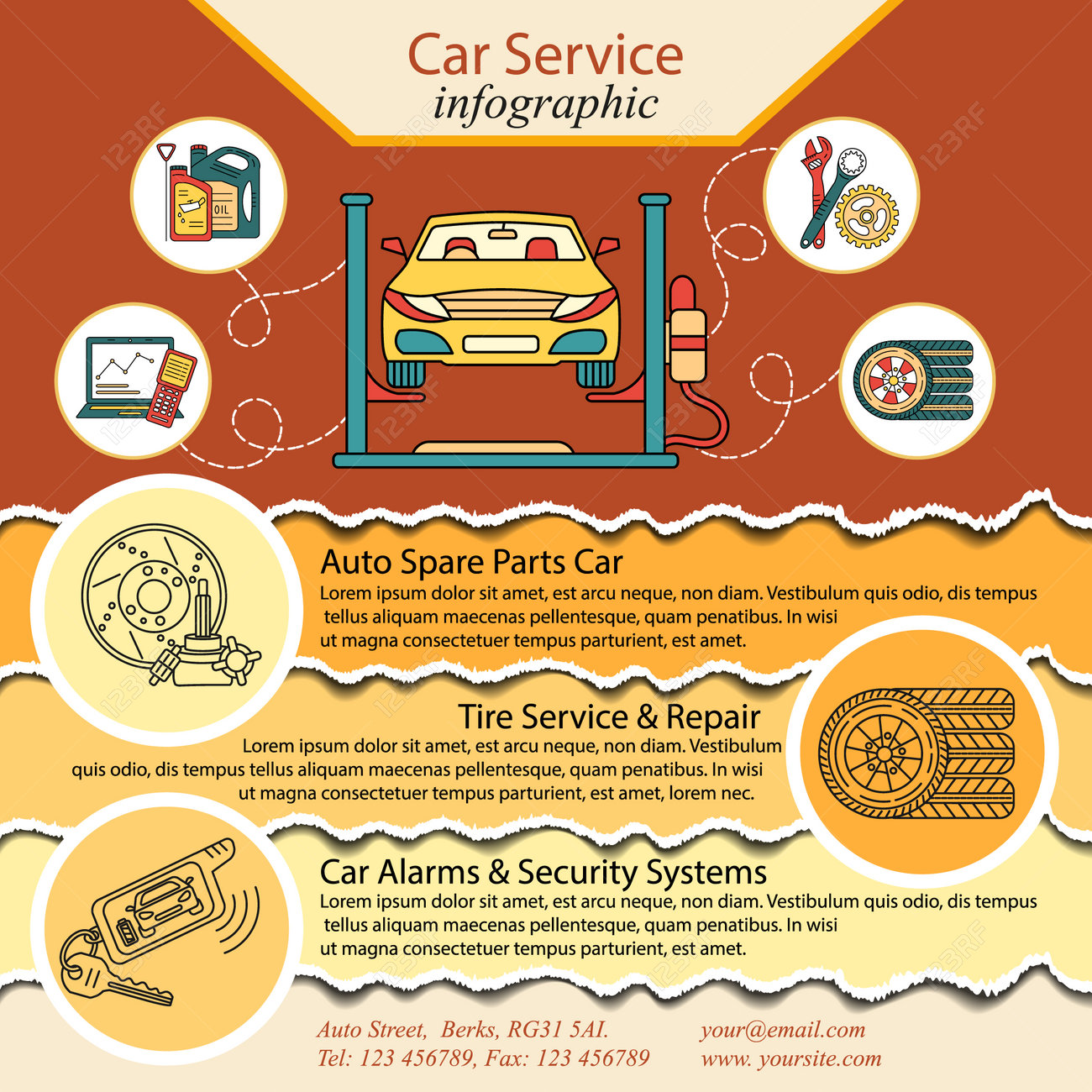Comprehending The Relevance Of Your Vehicle'S Warning Signals: What They Really Represent
Comprehending The Relevance Of Your Vehicle'S Warning Signals: What They Really Represent
Blog Article
auto upholstery cleaning -Lauritsen Stark
When you're behind the wheel, those radiant warning lights on your dashboard can be a bit puzzling. Do you recognize what they're trying to tell you about your car's wellness? Recognizing the significance of these lights is crucial for your security and the durability of your vehicle. So, the next time one of those lights turns up, wouldn't you intend to analyze its message precisely and take the needed steps to address it?
Common Caution Lights and Interpretations
Recognize usual warning lights in your vehicle and comprehend their meanings to make certain safe driving.
One of the most common warning lights include the check engine light, which signals issues with the engine or exhausts system. If this light comes on, it's vital to have your lorry inspected quickly.
The oil pressure warning light suggests low oil pressure, needing immediate interest to stop engine damage.
A flashing battery light might recommend a faulty charging system, possibly leaving you stranded otherwise dealt with.
The tire pressure monitoring system (TPMS) light signals you to low tire pressure, influencing car security and fuel efficiency. Ignoring this might lead to hazardous driving problems.
The abdominal light shows a trouble with the anti-lock braking system, jeopardizing your ability to quit quickly in emergencies.
Finally, the coolant temperature level cautioning light warns of engine overheating, which can cause extreme damages if not resolved swiftly.
Comprehending these common warning lights will aid you deal with concerns without delay and maintain safe driving problems.
Value of Prompt Interest
Understanding the typical warning lights in your car is just the first step; the significance of immediately dealing with these cautions can not be emphasized enough to ensure your safety and security when traveling.
When a caution light brightens on your dashboard, it's your automobile's means of connecting a potential issue that requires attention. Neglecting these warnings can result in a lot more serious issues later on, endangering your security and potentially costing you much more out of commission.
Trigger attention to cautioning lights can stop break downs and crashes. For example, a flashing check engine light could suggest a misfire that, if left neglected, could trigger damage to the catalytic converter. Addressing this without delay can conserve you from an expensive repair service.
Similarly, a brake system warning light may signify reduced brake fluid or worn brake pads, crucial parts for your safety when driving.
DIY Troubleshooting Tips
If you discover a caution light on your control panel, there are a couple of DIY repairing suggestions you can attempt prior to seeking professional help.
The first step is to consult your car's guidebook to understand what the details caution light shows. Sometimes the concern can be as straightforward as a loose gas cap triggering the check engine light. Tightening the gas cap might solve the trouble.
Another typical issue is a low battery, which can trigger numerous advising lights. Checking the battery connections for corrosion and ensuring they're safe might repair the issue.
If a caution light persists, you can try resetting it by disconnecting the auto's battery for a couple of minutes and then reconnecting it. Additionally, inspecting https://audi-oil-change84051.anchor-blog.com/10494834/personal-journey-revitalizing-my-old-lorry-with-a-weekend-outlining-job , such as oil, coolant, and brake liquid, can assist troubleshoot cautioning lights connected to these systems.
Verdict
Finally, understanding your automobile's caution lights is crucial for maintaining your car running efficiently and securely. By quickly dealing with these informs and recognizing what they imply, you can stay clear of pricey fixings and prospective failures.
Remember to consult your car's manual for certain details on each warning light and act appropriately to guarantee a trouble-free driving experience.
Keep notified, stay risk-free when driving!
